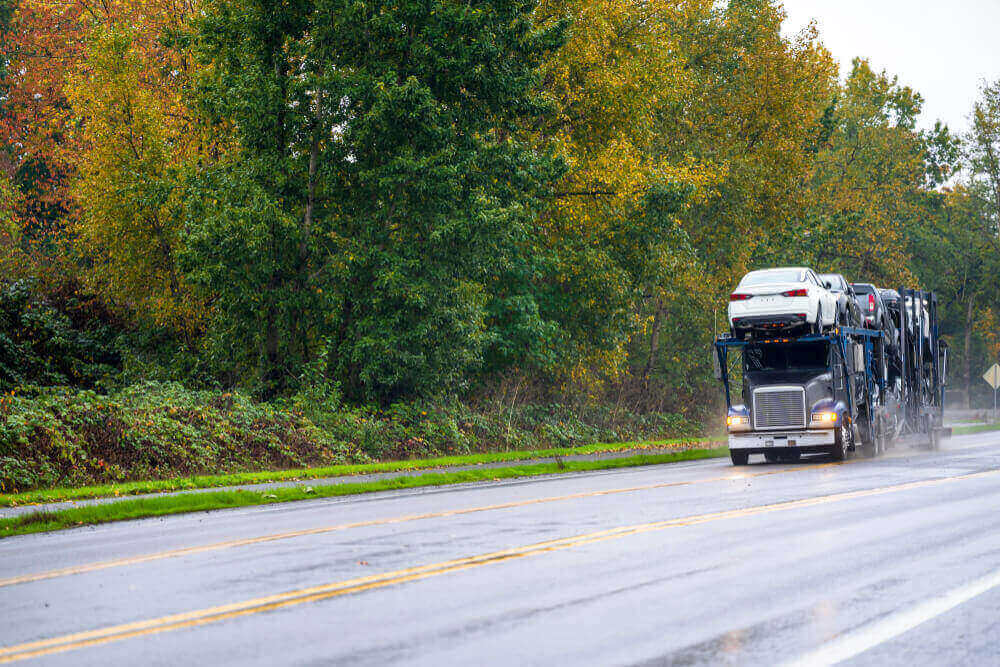All-Terrain Vehicles (ATVs) have become increasingly popular for outdoor enthusiasts seeking adventure and off-road thrills. These versatile vehicles are designed to handle a variety of terrains, making them ideal for recreational activities such as trail riding, hunting, and even racing. In this article, we will explore the world of ATVs and cover the essential information you need to know about these off-road machines.
History and Evolution
ATVs, also known as quad bikes or four-wheelers, have a history dating back to the 1960s when the first three-wheeled models were introduced. Over time, the design evolved to the more stable four-wheeled configuration that we are familiar with today. Honda was a pioneer in the ATV industry, introducing the first ATC (All-Terrain Cycle) in 1970, and later, the first four-wheeled ATV in 1984.
Types of ATVs
ATVs come in various types, each designed for specific purposes. Utility ATVs are popular for tasks such as farming, ranching, and light utility work. Sport ATVs are built for high-performance and are commonly used in racing and recreational riding. Youth ATVs are smaller versions designed for younger riders, ensuring a safe and enjoyable off-road experience for beginners.
Key Features
- Engine Power: ATVs are powered by internal combustion engines, typically ranging from 50cc for youth models to 1000cc or more for high-performance adult models. The engine power determines the ATV’s speed and ability to navigate challenging terrains.
- Suspension System: A robust suspension system is crucial for handling rough and uneven terrain. Many ATVs feature independent suspension on all four wheels to provide a smoother ride and improved handling.
- Transmission: ATVs typically have automatic transmissions, making them user-friendly for riders of various skill levels. Some models may offer additional features such as selectable 2WD or 4WD to enhance traction in different conditions click here.
Safety Considerations
While ATVs offer an exhilarating off-road experience, safety should be a top priority. Riders should always wear protective gear, including a helmet, gloves, and appropriate clothing. Additionally, riders should undergo proper training to understand the ATV’s controls, balance, and safety features. It’s essential to follow local regulations and ride responsibly to prevent accidents and injuries learn more.
Maintenance and Care
Regular maintenance is crucial to ensure the longevity and optimal performance of an ATV. Routine tasks include checking and changing the oil, inspecting the brakes, and maintaining proper tire pressure. Cleaning the ATV after each use helps prevent dirt and debris from causing damage. Following the manufacturer’s maintenance schedule is key to keeping the ATV in top condition.
Conclusion
The All-Terrain Vehicle, with its rich history and diverse applications, has become a favorite among outdoor enthusiasts. Whether you’re seeking a thrilling off-road adventure, utilizing an ATV for work, or introducing a younger rider to the joys of off-roading, understanding the key features, safety considerations, and maintenance requirements is essential. With proper knowledge and responsible riding, the ATV can provide countless hours of enjoyment while exploring the great outdoors.


